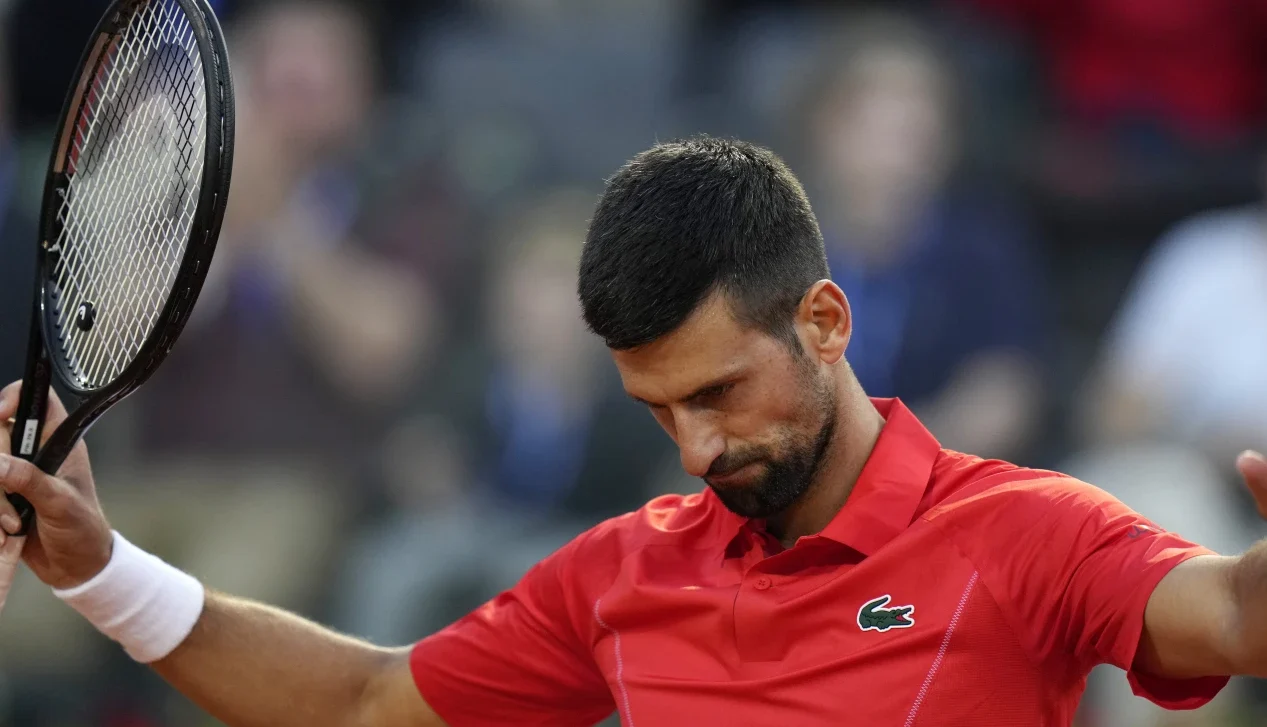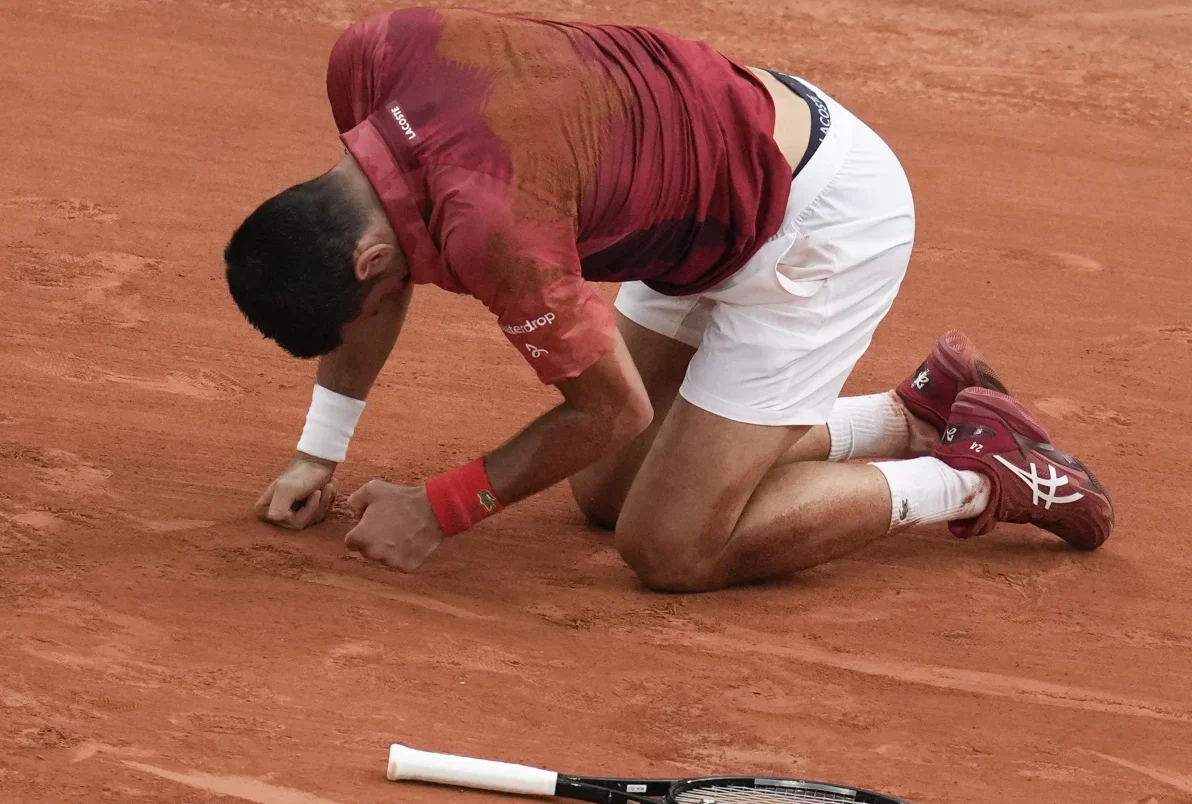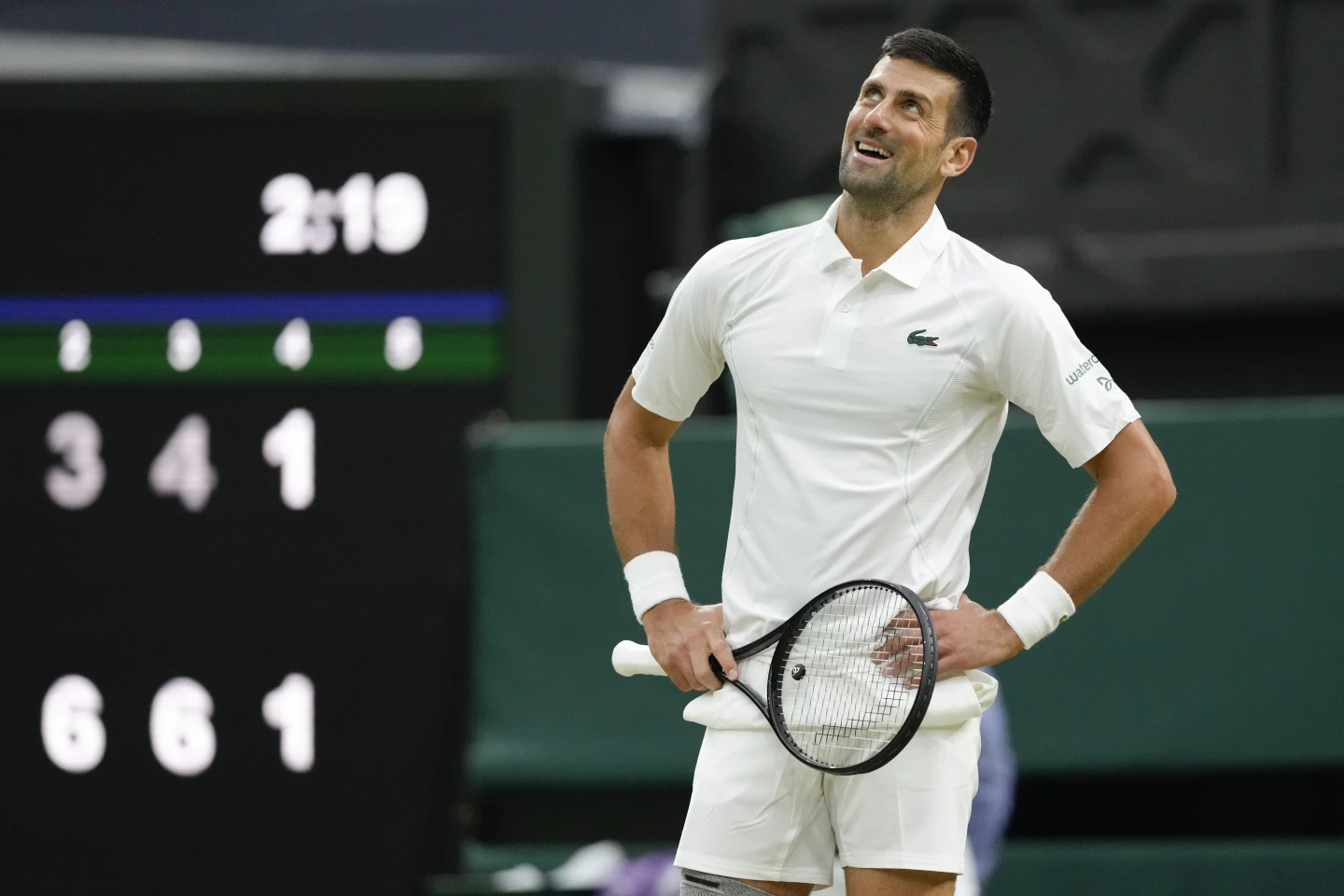From time to time, a discussion arises about whether it’s practical for men to continue playing best-of-five-set matches at Wimbledon and other Grand Slam tournaments. Novak Djokovic strongly supports keeping this format for the later stages of majors.
However, he wouldn’t mind reducing matches to best-of-three sets in the earlier rounds.
During the first three rounds at Wimbledon this year, there were 34 matches that went the distance—the most at any Slam since the Open era began in 1968. As the fourth round began, it only needed one more five-setter to tie the record for the most in a single major.
“Nowadays, you mainly see them in Grand Slams, right? That’s what I think excites both players and the crowd,” said Djokovic, who has won seven of his record 24 major championships at Wimbledon. The appeal lies in the drama of potential comebacks and twists in the matches.
Perhaps Djokovic’s view is influenced by his own record: he has a 40-11 record in five-set matches. However, he hasn’t had to go the distance in this year’s Wimbledon.
“I’ve enjoyed those matches throughout my career,” he said. “They are an important part of the sport’s history and its future as well.”

But the 37-year-old from Serbia, who holds the record for the most weeks ranked No. 1, acknowledged that there are valid arguments against sticking with the best-of-five format in today’s era, where attention spans are limited and there’s a need “to attract a young audience.”
Matches lasting four, five, or six hours are challenging not only for athletes but also for spectators and TV broadcasters.
“I think it might be worth considering starting with best-of-three sets in the early rounds, then switching to best-of-five from the fourth rounds or quarterfinals. That’s just my opinion,” he said. “I believe best-of-five matches are essential, especially in the latter stages of a Slam.”
Without best-of-five matches, tennis would lose the dramatic comebacks that are happening more frequently at Wimbledon this year. For instance, Djokovic’s next opponent, Holger Rune, came back from two sets down to win his match against Quentin Halys. This was the 10th time such a comeback has occurred in the tournament’s history, a record for Wimbledon.
“Managed to improve my game and turn things around when it mattered,” said Rune, who had never won a match after losing the first two sets before.
Wimbledon is famous for its long matches, including the historic 11-hour, 5-minute marathon between John Isner and Nicolas Mahut in 2010, the longest match ever. Isner’s 26-24 loss to Kevin Anderson in the fifth set of the 2018 semifinals also influenced Wimbledon and other Grand Slams to adopt a first-to-10 tiebreaker at 6-all in the third and fifth sets of men’s matches and third sets of women’s matches.

Before this change, Wimbledon briefly tried a tiebreaker at 12-all in the fifth set, which decided Djokovic’s victory over Roger Federer in the 2019 final.
“It was one of the most thrilling matches I’ve ever played,” Djokovic recalled.
He might have felt differently if he hadn’t saved two championship points and won the match.
However, the physical toll of playing five sets makes players wary of going the distance, as it can drain their energy for subsequent matches. Djokovic hasn’t needed to play a fifth set yet in this tournament, unlike defending champion Carlos Alcaraz, who was pushed to five sets by Frances Tiafoe.
